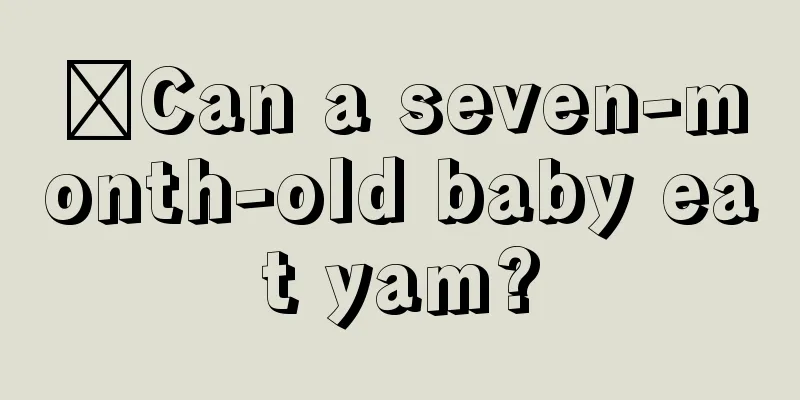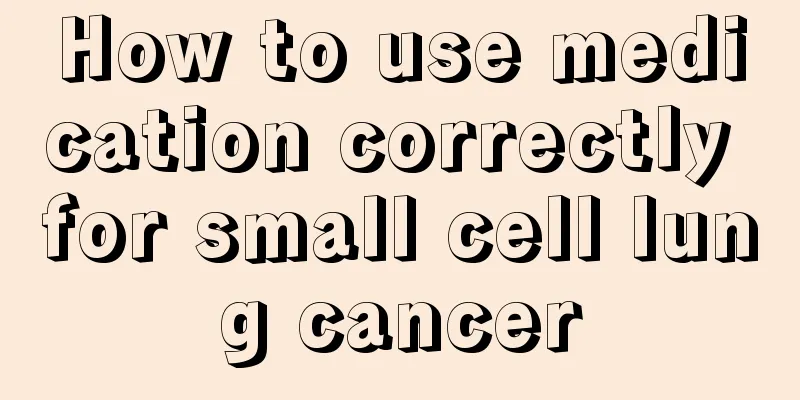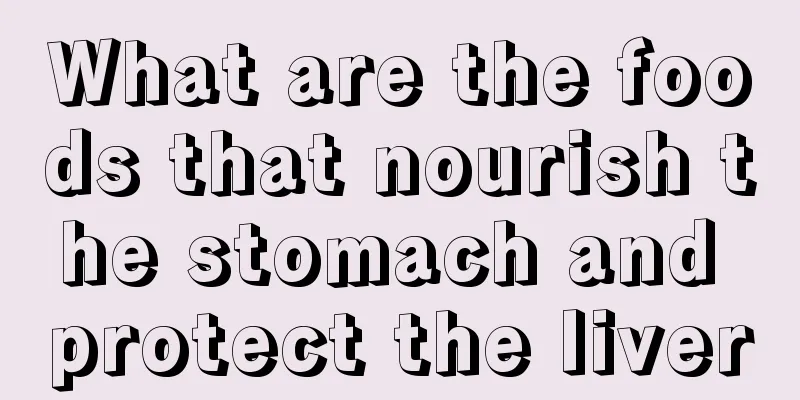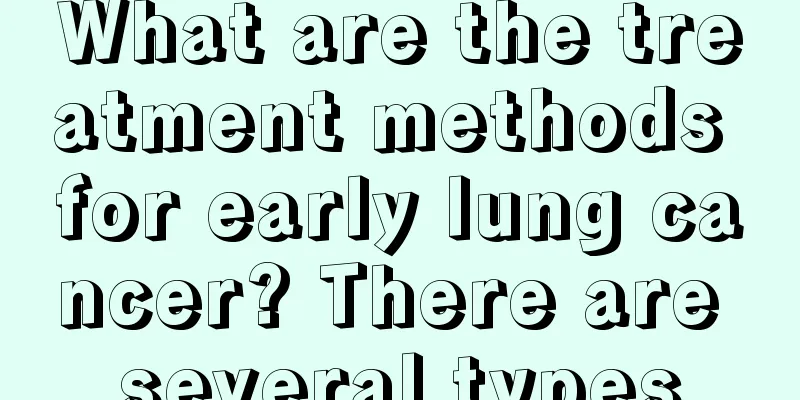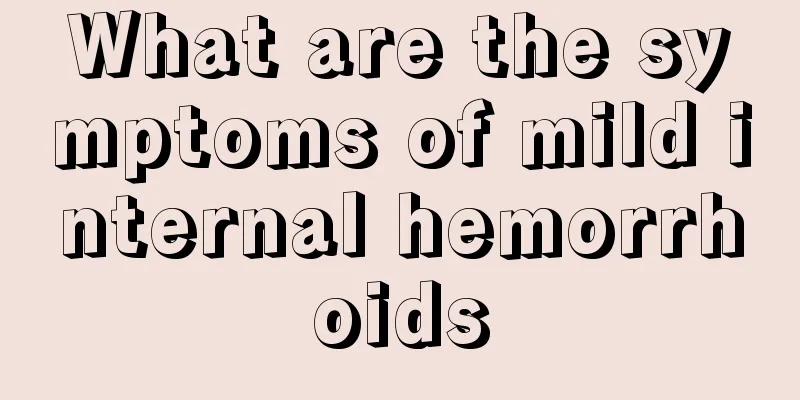What are the symptoms of intracranial hypotension
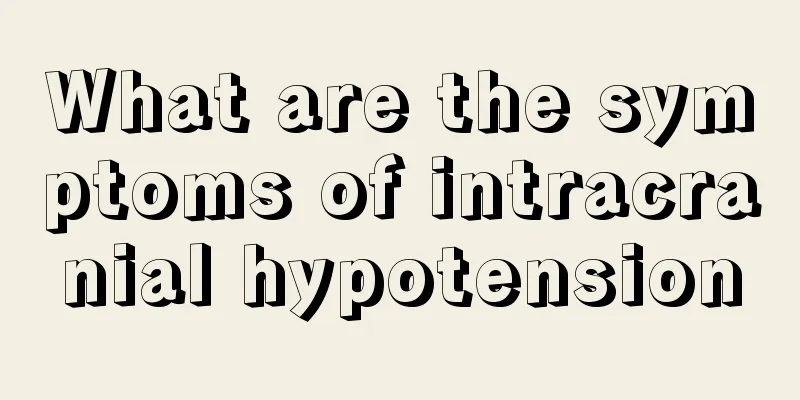
|
Many diseases can cause low intracranial pressure. If there are corresponding symptoms, we must go to the hospital for examination and treatment in time. Low intracranial pressure may cause apathy, neurological damage, and a lack of desire for life. In severe cases, patients may develop schizophrenia, so we should understand this situation and prevent it before it happens. So, what are the symptoms of low intracranial pressure? 1. Clinical manifestations The clinical manifestations of intracranial hypotension are almost indistinguishable from those of intracranial hypertension. The onset may be acute or slow, with symptoms including headache, dizziness, nausea, vomiting, tinnitus, blurred vision, fatigue, etc. Some patients may have ataxia, impaired consciousness, mental disorders and autonomic dysfunction. The optic nerve head is congested and the edges are blurred. Physical signs include neck stiffness and positive Kernig sign. 2. Differential Diagnosis (1) Primary intracranial hypotension (PIH) can occur at any age, regardless of gender. The onset can be acute or slow, and the headache varies in severity. It is mostly located in the cervical region, and can radiate to the top of the forehead or extend to the shoulders and back. It worsens when standing upright or moving the head, and is relieved when lying flat. It may be accompanied by varying degrees of neck stiffness, pain when the head is flexed, positive Kernig's test, and incomplete paralysis of the abducens nerve. In addition to headaches, there are often dizziness, vertigo, nausea, vomiting, tinnitus, etc. There may also be varying degrees of ataxia and balance disorders, mental disorders, and autonomic dysfunction such as fever, sweating, blood pressure fluctuations, orthostatic bradycardia, and syncope. Lumbar puncture cerebrospinal fluid pressure was less than 0.7 kPa. (ii) Post-craniocerebral trauma intracranial hypotension syndrome: After open craniocerebral trauma or moderate to mild closed craniocerebral trauma, it may be caused by ① a large loss of cerebrospinal fluid from the nose or ears; ② inhibition of the reflex choroid plexus secretion function after craniocerebral trauma; ③ increased cerebrospinal fluid absorption; ④ shock and long-term use of hypertonic dehydration drugs, etc. The main clinical manifestations are compressive pain in the head, which may be accompanied by dizziness, nausea, vomiting, fatigue, weakness, anorexia, weak pulse, low blood pressure, etc. In severe cases, there are symptoms such as mental depression, dehydration and electrolyte imbalance. The above symptoms are related to body position. The symptoms are alleviated or disappear when lying down or with the head lowered, and worsen when sitting or standing up. Neurological examination showed no positive signs. (III) Insulin therapy and electric shock treatment (EST) There are reports of subsequent intracranial hypotension after insulin shock and electric shock treatment. The patient with subsequent intracranial hypotension due to insulin shock does not wake up despite large amounts of sugar supplementation and remains in a coma that gets deeper and deeper. This may be the case of intracranial hypotension, which can be confirmed by lumbar puncture. |
<<: The difference between teether and teething stick
>>: Symptoms of shoulder blade dislocation
Recommend
How to choose a good casserole
Many people like to use clay pots to make their o...
How much does it generally cost to treat small cell lung cancer
How much does it cost to treat small cell lung ca...
I feel like my head is going to explode when I'm angry
Some people are naturally mild-tempered and don&#...
What is the reason for a pimple under the eyebrow
With the fast pace of life in real society, pimpl...
What should we pay attention to in prostate cancer care
What should be paid attention to in prostate canc...
The efficacy of rice worm
Speaking of rice bugs, do friends who love food t...
Which pillow is better?
We need to use pillows when we sleep every day. W...
Does small cell lung cancer have a high mortality rate?
Is the mortality rate of small cell lung cancer h...
Can I do heavy physical work six months after thyroid cancer?
Patients with thyroid cancer are generally not al...
What is the cause of testicular cancer
Cancer is the natural enemy of human beings. Ever...
Causes and signs of death after vomiting blood from laryngeal cancer
The survival rate of laryngeal cancer in the earl...
Does it hurt to get a clavicle tattoo
Tattoos are a common trend in people's daily ...
How to slice beef?
We all know that beef is a more expensive meat th...
How long can you live with advanced lung cancer
The survival time of patients with advanced lung ...
Things to note when trimming onychomycosis
1. Before trimming nails, patients should soak th...
